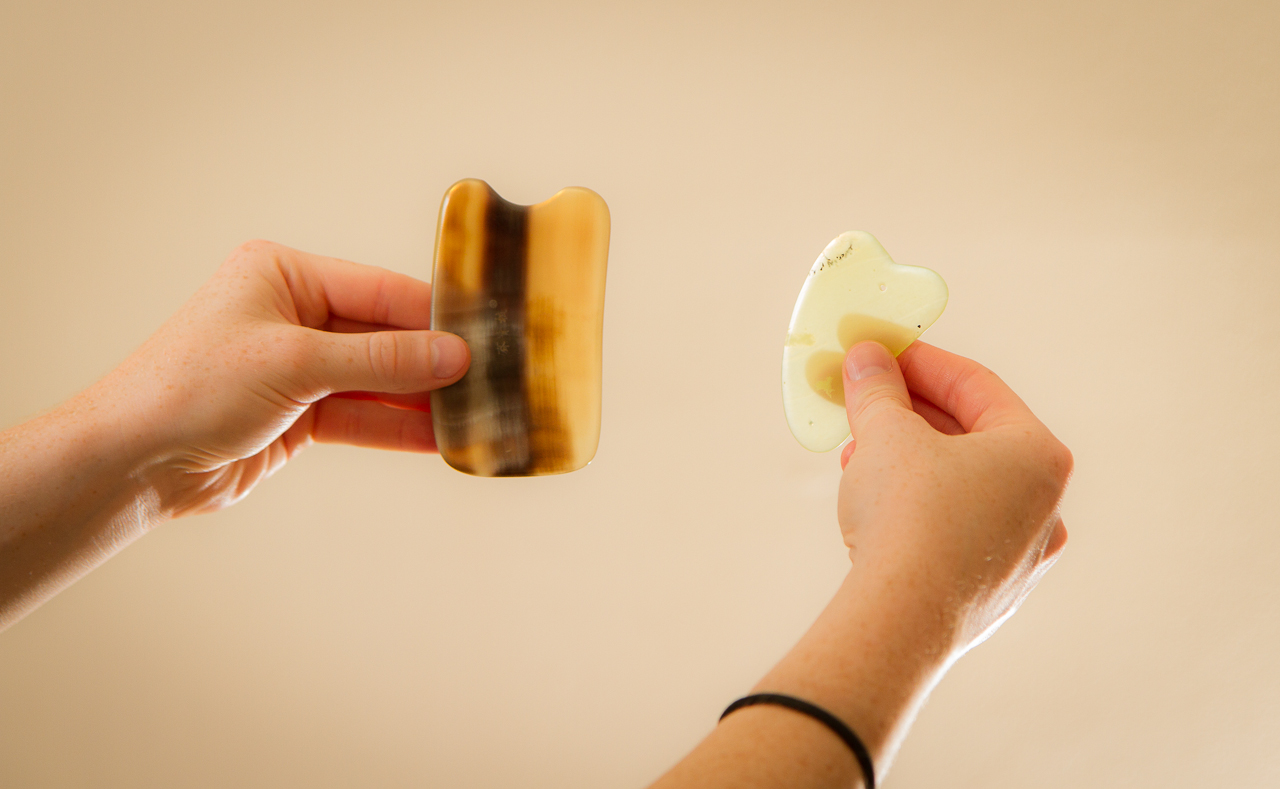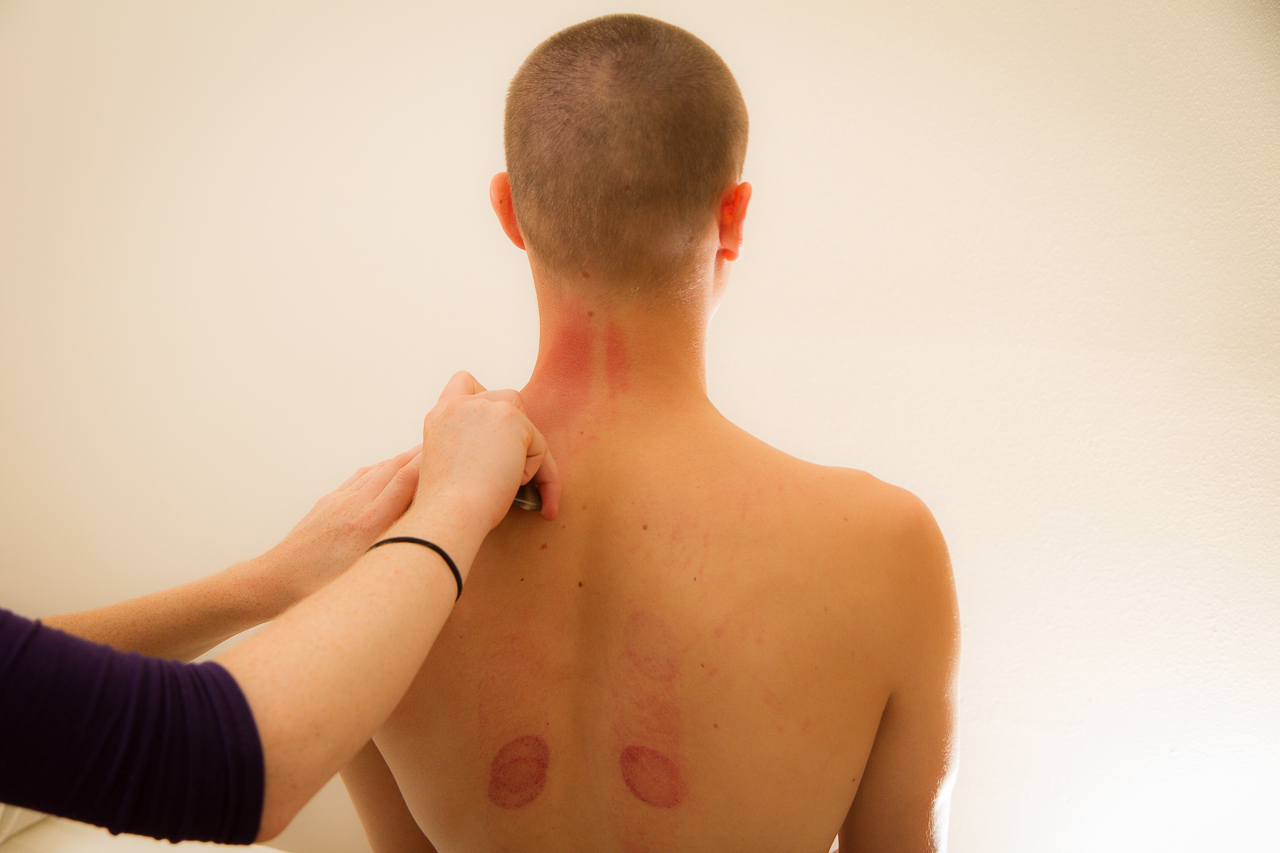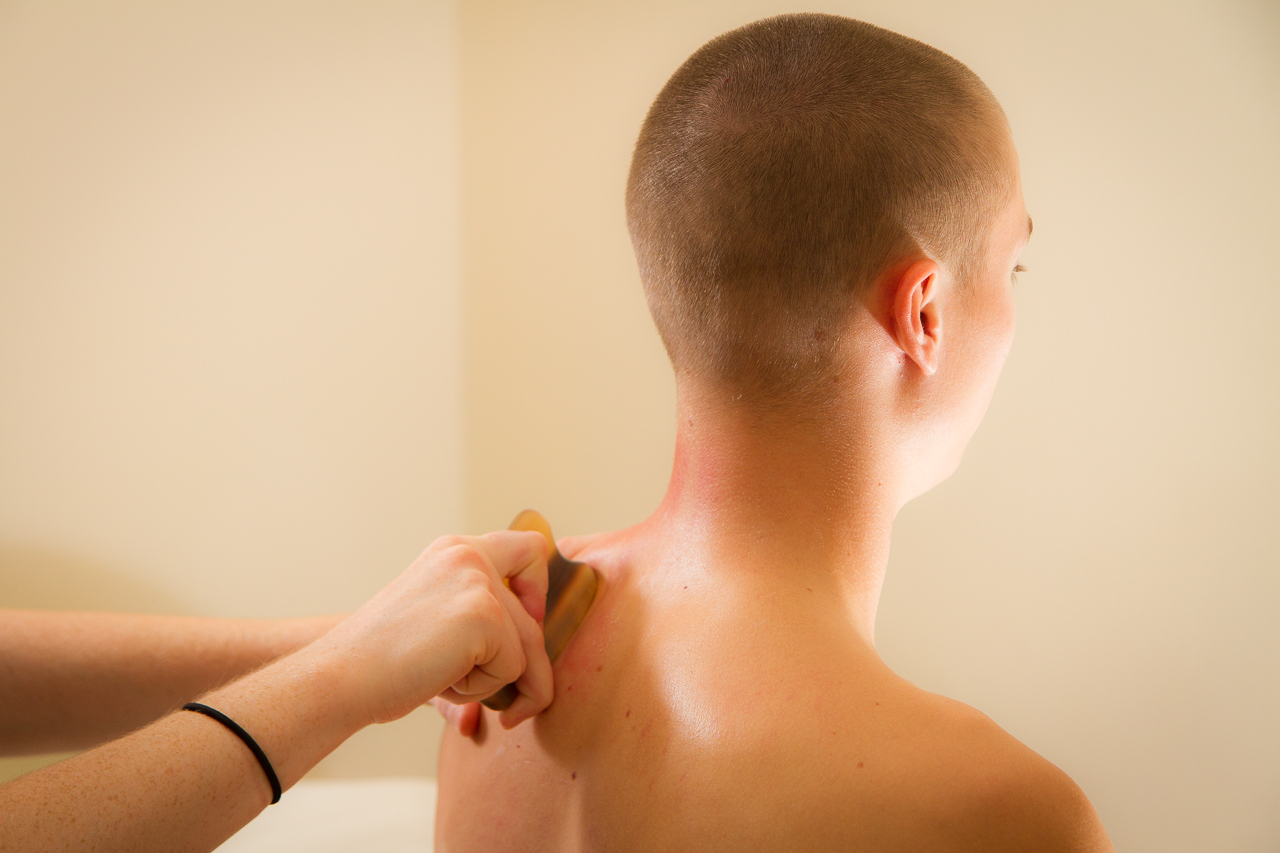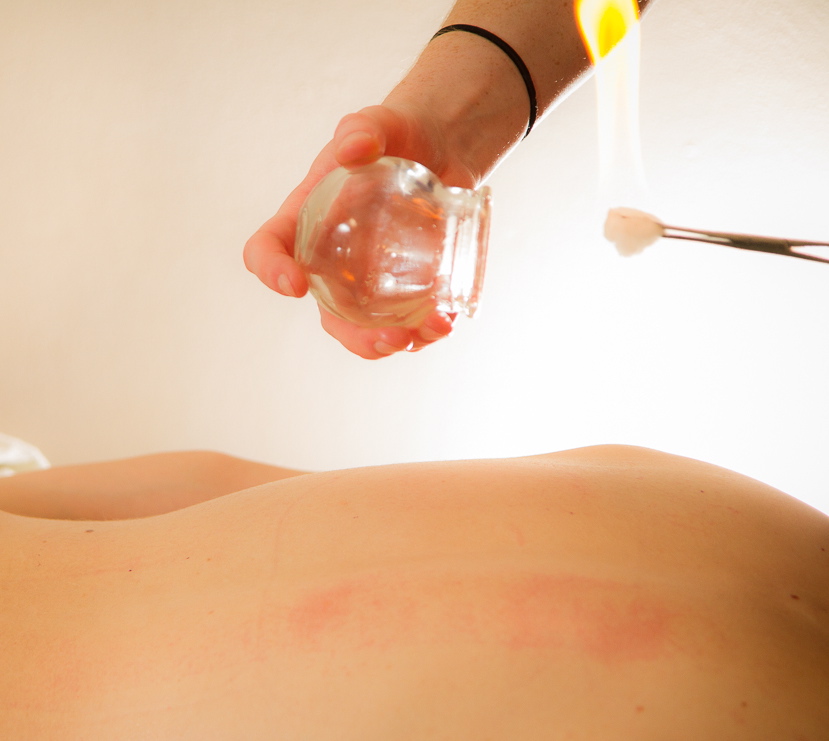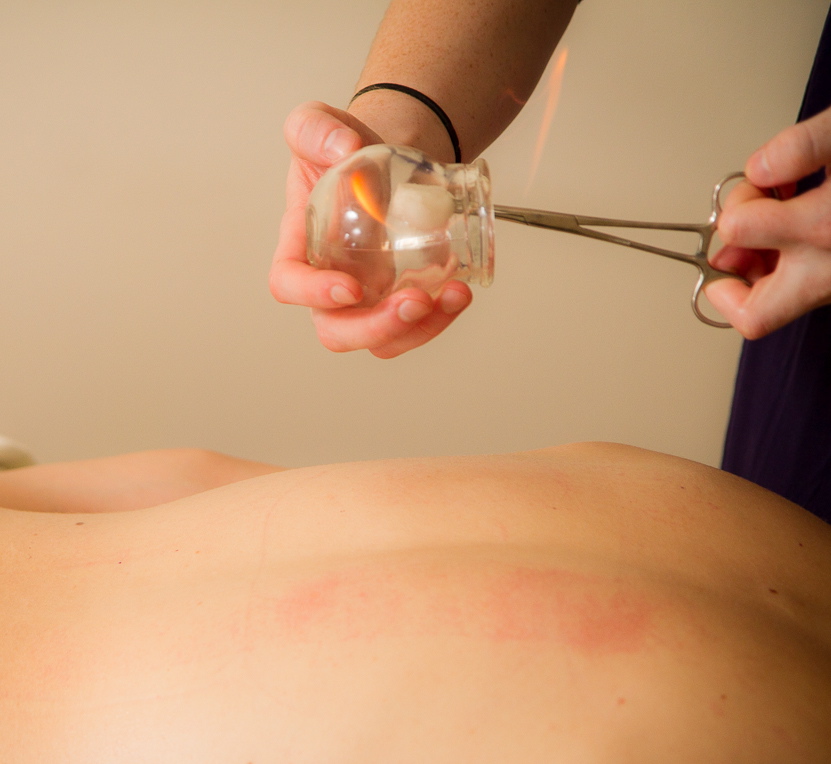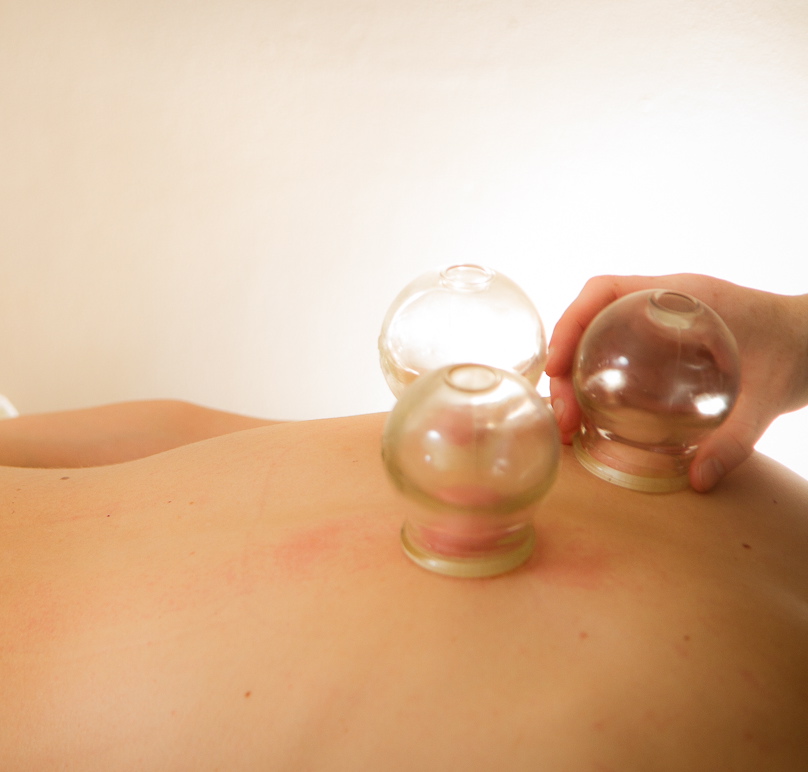Fascia
When it comes to important bodily structures and anatomy, fascia is often forgotten. While the term may refer to various different types of connective tissue, the overall function is the same: to connect tissues. Present alongside and intertwined with our nerves, blood vessels, bones, muscles, and various soft tissues, fascia connects each and every part of our body from within. Made up of fibers (elastin and collagen), cells (fibroblasts, adipocytes, macrophages, etc.), and ground substance (mainly ions, water), connective tissue provides not only structural support, but also protection of organs, storage of energy, metabolic functions, and formation of scar tissue.
Because our skeletal system is balanced within the web that is the human body, it relies heavily on symmetry, and is easily affected by our movements, habits, and repetitious activities. Fascial adhesions are created in response to movement patterns (or lack thereof), leading to imbalance and asymmetry within the body. By releasing these parts of the ever-weaving fascial web, we can help restore the body and its many systems to a more balanced state.
Click here to find out more about fascia and MFR from John Barnes.
Learn more about fascia from Thomas Meyers (Anatomy Trains) with Fascia 101.
To hear Gil Hedley's fuzz speech, click here.
Myofascial Release (MFR)
A gentle technique that addresses the connective tissues throughout the body, MFR releases adhesions that often reduce mobility and function of surrounding tissues, including muscles and nerves. A light touch over longer periods helps to unwind the body, improve mobility, and reduce pain and inflammation.
Kinesiotape
Kinesiotaping is a supplement to hands-on care, and provides a myriad of benefits. This special kind of tape gently lifts the skin and allows for improved circulation, lymphatic drainage, and overall mobility through the underlying tissues. It can improve kinesthetic awareness and proprioception, and is not only beneficial for correcting postural imbalances, but may also enhance performance for athletes of all ages. While athletic tape is often used to stabilize and limit movement, kinesiotape allows for mobility without restricting function. Useful in all stages of healing and activity levels, kinesiotape can be beneficial to many individuals.
Traditional Chinese Medicine (TCM)
TCM has a very different method of understanding the body and its functions, patterns, and disharmonies, and is often misunderstood in the Western worlds. Comprised of acupuncture, herbal medicine, nutrition, medical massage (Tui Na), and traditional exercise, TCM is always striving towards a single common goal - balance.
Each individual is astoundingly different from the next, and approaching the idea of health from a variety of directions can allow a body to find balance in a way that our traditional healthcare system does not understand. By addressing imbalances within the body through the meridians, the body is able to adjust and recalculate its energies, movements, and habits that allow it to return to a more functional state.
Guasha
Often referred to as ‘scraping,’ guasha uses a small handheld tool to assist with soft tissue manipulation. Performing strokes of varying length and pressure with a tool composed of bone, horn, stone, or even simple plastic can improve circulation and loosen superficial musculature and fascia. Oils or liniments are often used in conjunction to reduce friction with the skin and allow for more pressure. As a result, the tissue may also become discolored and present with tenderness for a few days following the technique. The discoloration, however, does not represent capillary rupture, but simply a small amount of blood escaping the vessels, referred to as extravasation. This is a normal and therapeutic response to guasha, as it promotes a more urgent cause for the body to improve blood and oxygen flow to the affected area. Pain and discoloration associated with guasha should dissipate within a few days following treatment. While guasha is a component of TCM with an extensive history through Eastern cultures, Western medicine is now utilizing similar soft tissue manipulation techniques, including ASTYM and the Graston technique.
Cupping
Another modality of TCM, cupping is used to increase circulation to an area, while also reducing tension through areas of bound up musculature. Fire cupping involves an open flame via forceps, cotton ball, and 91% isopropyl alcohol, which is dipped inside a hand-blown glass jar for about one second. The jar is then quickly placed onto the body in a desired location, and may be left over a specific area or moved around to cover more musculature. Several cups may be used at one time to enhance the therapeutic effect. Similar to guasha, this modality also involves discoloration of the skin. However, as cupping uses suction to draw up stagnant cellular waste, this discoloration occurs more similarly to a hickey. This is a normal therapeutic response and should fade within a few days following treatment. There are other methods of cupping as well, which often include plastic or glass jars and an attached pump to remove air. These cups are intended to remain in one location for several minutes at a time. Gentle cupping may even be performed on sensitive areas, such as the face, with small silicone cups.
